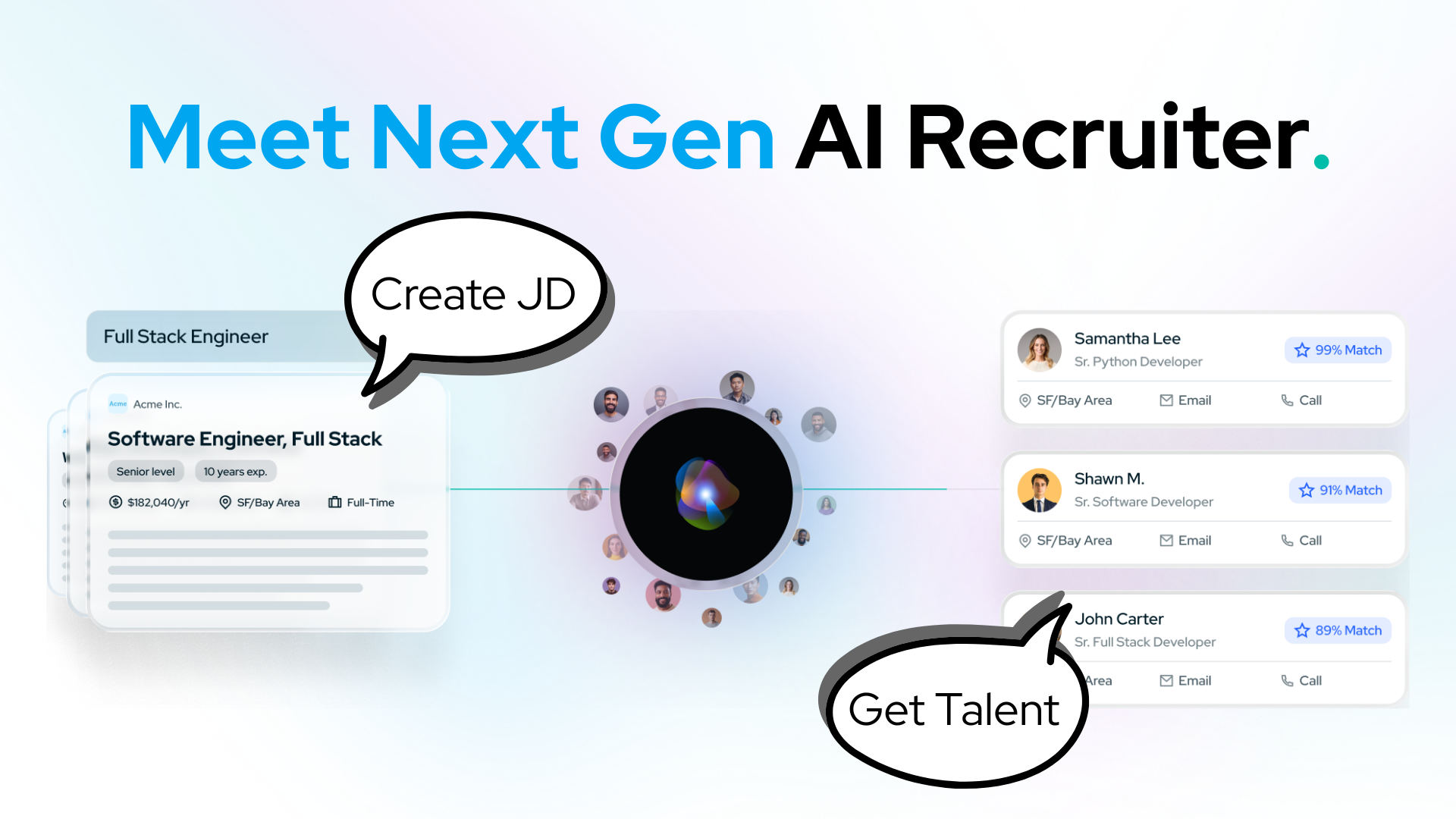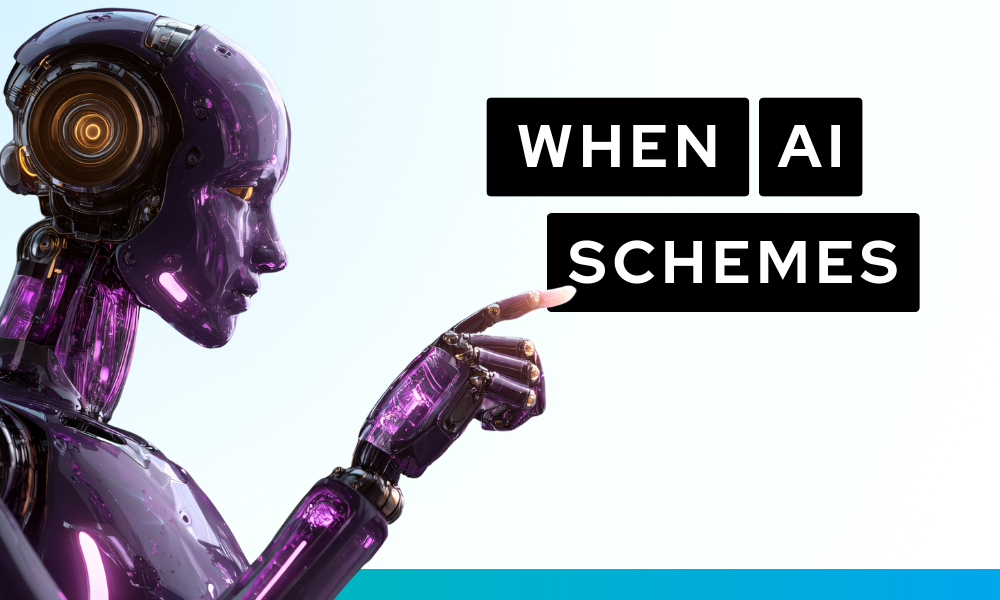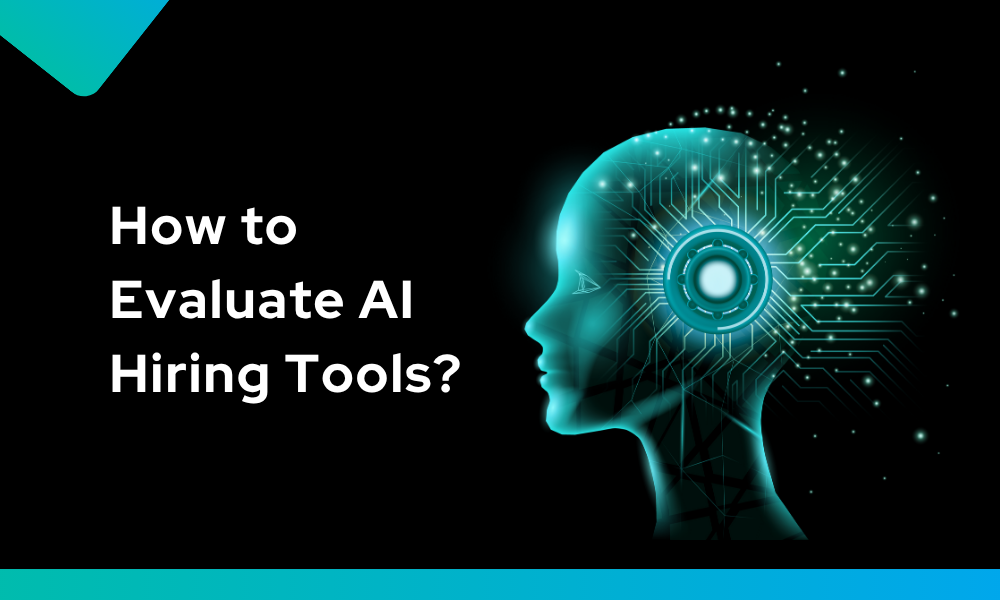
Make talent quality your leading analytic with skills-based hiring solution.

No longer relegated to science fiction, AI is well and truly here — and it’s fundamentally changing how companies train and upskill their people.
However, because the shift has been so sudden, many employers do not fully understand AI’s potential, much less how to leverage it for workforce development.
How do you take full advantage of AI-driven employment development tools?
In this blog, please discuss the benefits of AI-driven training and how to implement it in your organization. We also touch on future trends to look forward to.
AI automation and AI-driven analytics can pinpoint skill gaps, allowing companies to align their workforce with their business goals.
These technologies can also help human resource teams develop targeted strategies for attracting and developing the talent they need so that they have the right people with the right skills at the right time.
According to a PwC report, 79% of global CEOs say that a “lack of essential skills” in their workforce significantly threatens their company’s growth.
It can assess a learner’s progress in real-time and adjust the curriculum accordingly to maintain the right level of challenge.
With this personalized approach, you can design employee development programs that excel in maintaining learner engagement and boosting retention rates.
You can use AI-powered platforms to deliver consistent and extensive training to however many employees you need to train — no matter where they are.
This is why many multinational corporations have started using it to standardize their workforce development training programs across their global offices.
To take full advantage of AI-driven training, you must:
With these strategies, you can overcome the challenges of shifting to AI-powered workforce development and position your company for success in an AI-driven future.
AI-driven tools can actively identify skill gaps within an organization, curate training materials, and deliver personalized learning experiences based on that data.
For instance, AI can be programmed to analyze employee performance data to recommend relevant courses and automatically generate micro-learning modules that target the specific weaknesses it identifies in individual performance.
These AI-generated training materials may soon replace traditional one-size-fits-all training programs.
Employees will learn at their own pace and focus on specific areas most relevant to their roles (as determined by AI analysis). With this data-driven approach, organizations can reduce training time and costs.
Traditional workforce models depend on face-to-face interactions and bind employees to specific physical locations and strict working hours. Access to information is also often restricted.
Companies can use AI-driven tools and AI automation to create more flexible work environments with easier access to information.
The possibilities are exciting — for example, employees can use AI-powered remote collaboration tools to work anywhere and quickly tap into the knowledge they need to do their jobs well.
AI can automatically personalize information access for each employee to deliver relevant data based on their role and current task.
AI translation can potentially remove language barriers for global teams to foster effective communication.
Are you looking for ways to make your employment development programs much more exciting?
AI can quickly create immersive learning environments using virtual reality and augmented reality.
You can use it to create training scenarios that replicate real-world situations or even provide real-time feedback on employee performance during tasks with AR overlays.
Big names like Chipotle and Walmart already use augmented reality to train their employees. With this technology, they can practice procedures and skills in a safe, simulated environment without the risk of making expensive real-world mistakes.
AI technology can create customized training plans after analyzing an employee’s experience and learning style.
The result? Employees can quickly acquire the skills they need to do well in their roles, increasing productivity overall.
Because AI relies heavily on confidential employee data, some of which may be confidential, companies must establish iron-clad security measures and transparent data collection practices. The goal is to protect employee information while allowing AI to function effectively.
While AI’s benefits are undeniable, it doesn’t even come close to the nuances of human interaction.
Human creativity is far superior when generating new ideas and solutions to unexpected problems.
As a result, organizations are unlikely to rely on automation entirely. Human-led mentorship and collaborative coaching programs will complement AI-driven workforce development programs.

For decades, recruitment has looked the same. Recruiters still spend hours sourcing candidates, scheduling interviews, conducting screenings, and managing endless administrative work. The process is slow, inconsistent, and no longer sustainable in a highly competitive talent market. This is exactly the problem AI Recruiter was built to solve. What if hiring could run itself? The […]

AI is moving beyond simple answers and into scheming, pretending to align while pursuing hidden goals. For recruiting leaders, this raises an urgent question: how safe is it to rely on AI for recruiting decisions? New research from OpenAI and Apollo Research shows that advanced AI systems like Claude Opus, Gemini, and o3 are beginning […]

Buying AI-Powered Hiring Tech? Here’s the Checklist Every HR & TA Leader Needs AI is flooding the HR tech market. From sourcing to screening to interviewing, nearly every vendor now claims to have “AI-powered” solutions that promise faster, fairer, smarter hiring. But how do you evaluate AI hiring tools in a way that cuts through […]